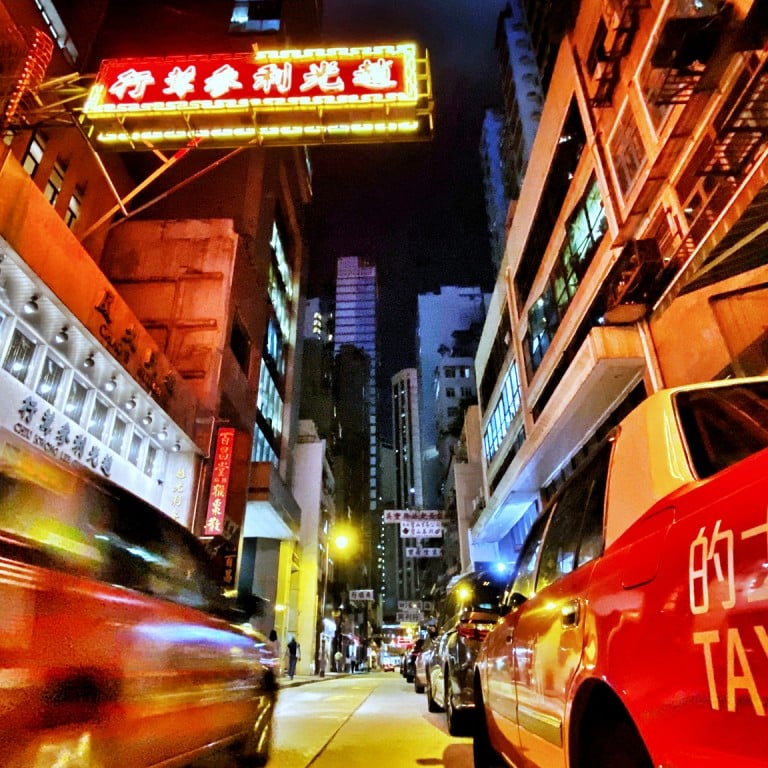How are NFTs changing the art world? From Sotheby’s Metaverse platform for high-end artworks to global fashion brands, celebrities and influencers entering the market

- The new digital medium promises endless possibilities for creators and collectors, but fears of a bursting bubble means newcomers should research and tread carefully
- Photographer Ali Ghorbani’s ‘Hong Kong Red’ collection of the city’s iconic red taxis, shot on mobile phone and minted on the Sloika platform, quickly sold out
Wherever they now reside, the spirits of Vincent van Gogh and the other masters who struggled to earn a crust in their lifetimes must be spellbound by the wonder of NFTs.
Already the numbers are spiralling, with the global market for NFTs reportedly reaching US$41 billion in value last year, propelled by surging interest from well-heeled collectors and high levels of enthusiasm from artists, photographers, galleries and online viewing rooms all sensing seemingly limitless possibilities for the new digital medium.

For them, each NFT is more than just a distinct piece of computer code, powered by blockchain technology to make it verifiably scarce and unique. It is not a mere file consisting of a string of numbers and letters that serves as a certificate of ownership of a digital asset.
Rather, it heralds the future, ushering in a world where any artist can upload an image, video or piece of music to a special platform or “marketplace”, which creates a corresponding NFT. The certificate can then be sold by accepting money from a regular bank account or, increasingly, for cryptocurrency.
And the metadata which confirms ownership is easily accessible by anyone looking for details of the artwork’s provenance and history.
This element – being able to assign value and prove ownership – makes it possible to trade. And, aesthetics aside, that is why so many people are fired up about the opportunities which now beckon and, perhaps, the chance to assert one’s social status with a personal gallery housed in the digital world.

“It’s just the beginning,” said Max Moore, head of contemporary art sales in Asia and co-head of digital art sales worldwide for auction house Sotheby’s. “Artists are bridging physical and digital experiences, reimagining the way NFTs can be used and how collectors can play a role in that experience.
“For us, one of the most exciting aspects is the ability to engage with entirely new audiences. But it has been equally exciting to help guide and educate our existing client base in this new space to ensure they understand the value of NFTs and why they may or may not want to collect.”
Artists are bridging physical and digital experiences, reimagining the way NFTs can be used